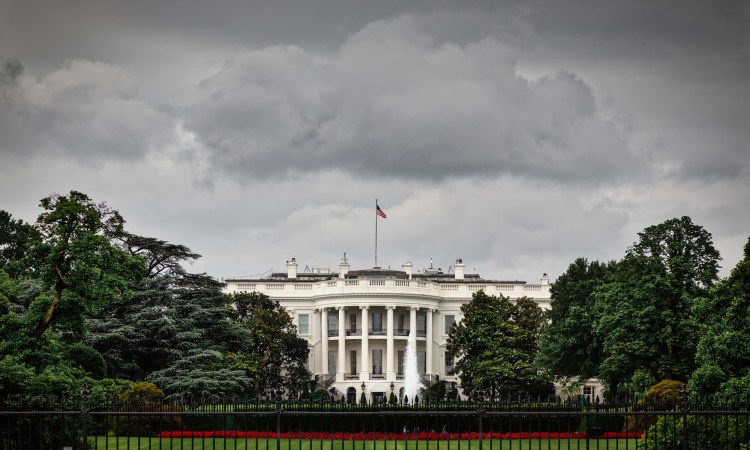
Confused about the process? Join the rest of us. Read this explainer, adapted from a TED-Ed lesson, and get up to speed on “articles of impeachment,” “supermajorities” and “managers” in a flash.
For almost every job in the world, it’s understood that a person can be fired — whether for crime, incompetence or poor performance. But what if your job happens to be one of the most powerful positions in the country?
Like president of the United States? Or vice president? Or justice of the Supreme Court?
That’s where impeachment comes in.
So, how does the process work?
Despite how most people use the term, impeachment does not mean removing a person from office.

Instead, impeachment refers to the formal accusation that launches a trial. When the US Constitution was written in 1787, impeachment was enshrined in Article 1 as a power of Congress that applied to any civil officers — up to and including the president.
Although demands for impeachment can come from any member of the public, only the House of Representatives has the power to initiate the process. The House begins by referring the matter to a committee, usually the Committee on Rules and the Committee on the Judiciary.
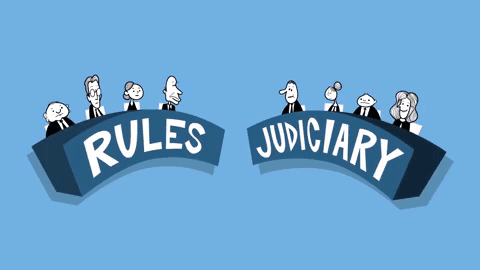
These committees review the accusations, examine the evidence, and issue a recommendation. If they find sufficient grounds to proceed, the House holds a separate vote on each of the specific charges, otherwise known as Articles of Impeachment. If one or more of these articles passes by a simple majority, the official is impeached and a trial will be held.
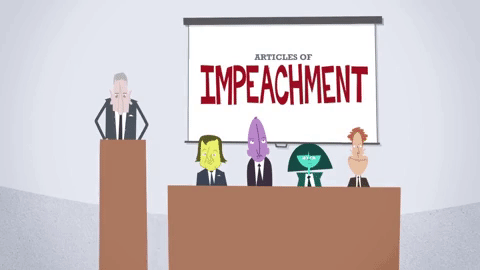
The trial that follows impeachment is held in the Senate. Selected members of the House — known as managers — act as the prosecution, while the impeached official and their lawyers present their defense. The Senate acts as both judge and jury, conducting the trial and deliberating after hearing the arguments. Ordinarily, the vice president presides, but if the president is being impeached, the chief justice of the Supreme Court presides.
A conviction by the Senate requires a two-thirds majority — what’s called a supermajority — and it results in automatic removal from power. The Senate can also vote to disqualify that person from holding office in the future.
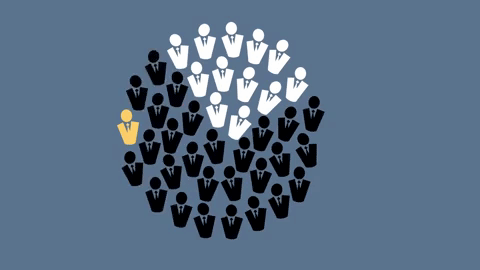
So, what exactly can get someone impeached? That’s a bit more complicated. Realizing that impeachment in the US essentially pits an elected legislature against other democratically-elected members of government, the writers of the Constitution wanted to prevent the process from being used as a political weapon.

For that reason, the Constitution specified that an official can be impeached for these reasons: treason, bribery, or other high crimes and misdemeanors.
Of course, this still leaves a lot of room for interpretation — not to mention politics — and many impeachment trials have certainly split along partisan lines. But the process is generally understood to be reserved for serious abuses of power, and it’s seldom used.
Throughout its 230-year history, the House has launched impeachment investigations about 60 times. However, only 19 have led to impeachment proceedings. The 8 cases that ended in a conviction and removal from office all involved federal judges.
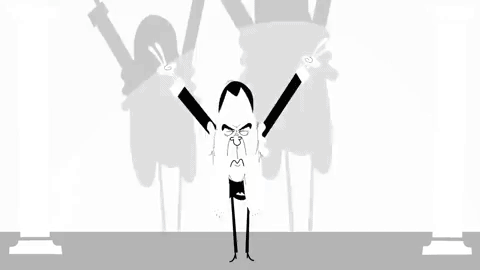
Impeachment of a sitting president is extremely rare. Contrary to popular belief, Richard Nixon was never impeached for his role in the Watergate break-in and cover-up. Knowing he would almost certainly be impeached and convicted, he resigned before that could happen.
In 1868, president Andrew Johnson was impeached for attempting to replace Secretary of War Edwin Stanton without consulting the Senate. More than a century later, in 1998 Bill Clinton was impeached for making false statements under oath during a sexual harassment trial. However, both presidents were ultimately acquitted when the Senate’s votes fell short of the required supermajority and they remained in office.
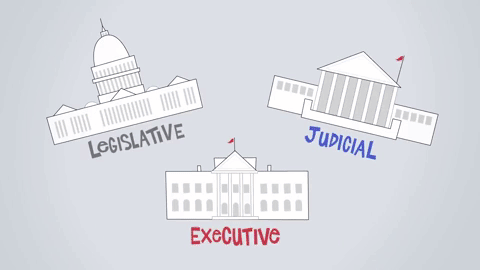
When drawing up the Constitution, the founders specifically designed the US government to prevent potential abuses. The powers of the executive, legislative and judicial branches are all limited through a combination of checks and balances, term limits, and elections.
Impeachment is the US democracy’s emergency brake — a tool to be used when these safeguards all fail.
All animations by Mark Phillips / TED-Ed
Watch TED-Ed’s complete “How does impeachment work?” video now:











